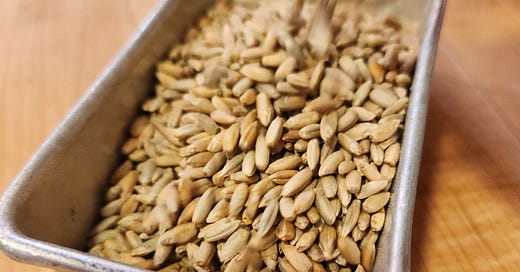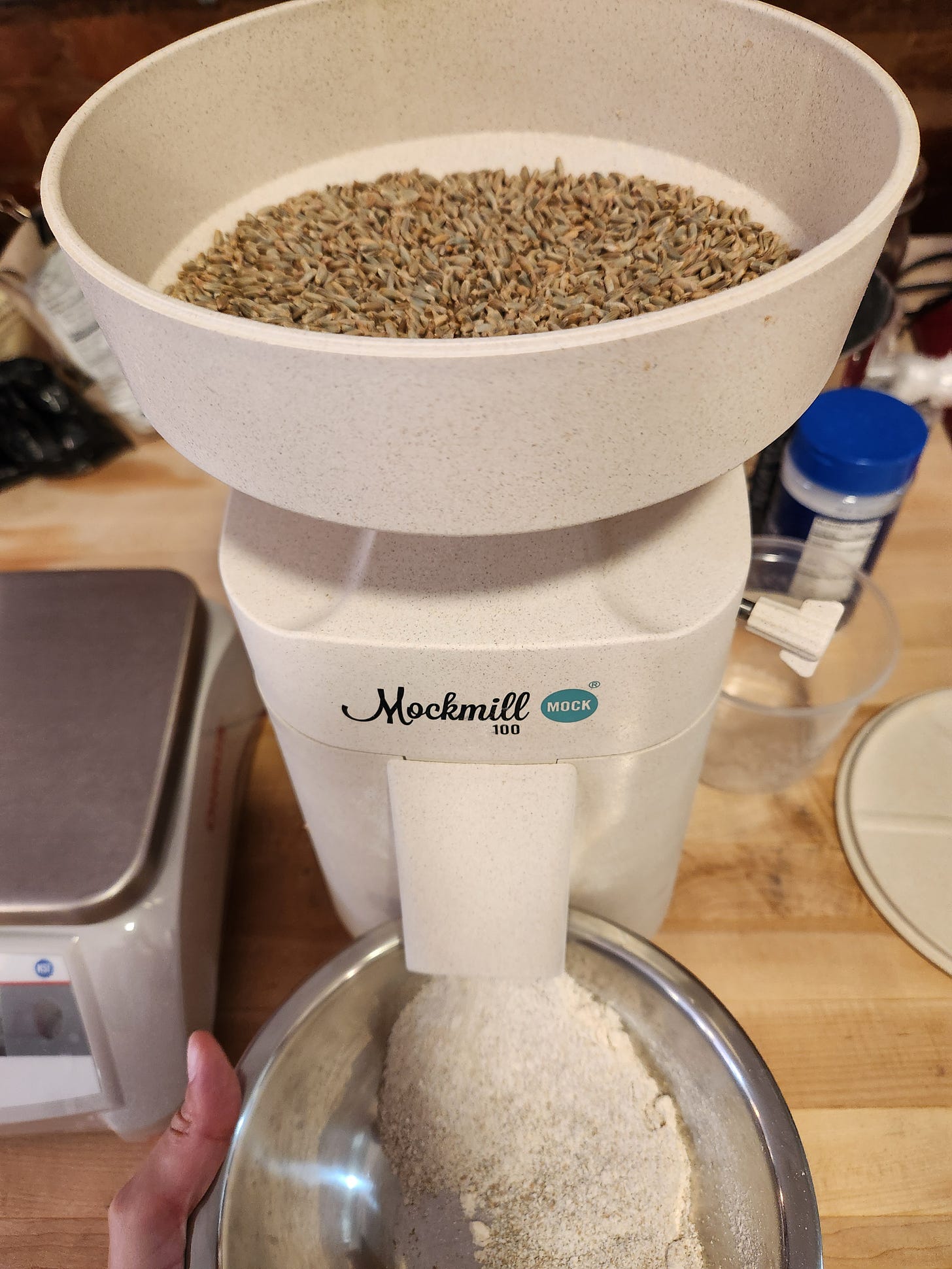What is Rye?
Rye is a cereal grass that has been cultivated since the Iron Age. It originated as a weed in Anatolia (now Turkey) and was spread through Europe by people who realized it could thrive in cold, damp climates.
Rye and the Americas
The Dutch call rye Rogge. That’s a good fact to start with because it was the Dutch that brought rye to the Americas in 1625. And to those of us who are New Yorkers, that should be a source of pride—the Dutch first planted rye in, of all places, Manhattan. Or Manna-hata, as the Lenapes called the island. Did you know a traditional Manhattan cocktail is made with rye whiskey?
It wasn’t until 1633 that a second crop of rye was harvested—near Salem, Massachusetts. Five years later, the settlers in the Jamestown Colony, Virginia, began growing it.
Since the English colonists were using rye primarily for cattle feed, spring ground cover, and distillation, it spread rather slowly through the colonies. This was a bit of a missed opportunity because rye's thick roots and hardiness made it an ideal crop for the acidic, sandy glacial soils of the east coast.
Now, in America, rye milled for flour is grown primarily in the Dakotas, Wisconsin, Nebraska, and Minnesota. That's because settlers from European countries that grew rye for its grain—Germans, Scandinavians, Russians, Czechs, and other Eastern Europeans—settled in the Midwest.
The Environmental Benefits of Growing Rye
Rye is a friend to farmers. Its deep roots allow it to absorb nutrients and improve soil health. In addition, farmers grow rye in areas prone to water runoff due to its excellent water absorption and retention qualities. At the same time, it requires less water to grow than wheat.
Rye also helps suppress weeds without the need for pesticides. Farmers who use organic farming methods, or Integrated Pest Management (IPM), often grow rye for this reason.
Typically planted in the fall, rye grows rapidly in the spring and can be used for spring grazing before many other crops begin to sprout. When planted in the fall, rye has the added benefit of working as a cover crop to prevent the spread of weeds that pop up in winter.
Why Rye is a Great Thing to Eat
Rye helps your body eliminate "bad" cholesterol, the kind that likes to clog your arteries. Additionally, rye lowers blood pressure. Its potassium content helps remove extra sodium.
Rye has a ton of fiber, and we all know fiber is good for digestion. But the high fiber content also makes rye very filling and helps regulate insulin levels, which reduces the chance of Type-II diabetes.
Baking with Rye
Rye can be tricky to work with, especially when making bread. For one thing, rye has a high pentosan content. Pentosans are simple sugars containing five carbon atoms. They are excellent at absorbing and holding water, but they make rye bread doughs very sticky and difficult to handle. Baking rye breads requires extra precautions to avoid sunken loaves and gummy interiors.
Like wheat, rye contains gluten. Gluten is simply the name of the protein in grain. Different grains have different glutens, and different glutens can vary widely in their characteristics. Rye's gluten is not particularly good at capturing the carbon dioxide created by yeast during bread dough fermentation. This means that even properly-fermented rye breads will be denser than their wheat counterparts. Rye breads are usually either quite thin or very acidic, as acidity strengthens gluten. Breads like the rye bread found in many delis are actually made with mostly sifted wheat flour for structure, with just a little rye flour for flavor and color.
Rye breads are a great thing to learn to make, and we will cover them later on. But for your first introduction to full-inclusion rye flour, we’re going to avoid all the potential pitfalls by using rye for pastry, rather than bread. In pastry, because you’re not expecting the rye’s gluten to provide any of the structure, and because you’re not trying to hand shape a sticky bread dough, you can simply enjoy the flavor and texture benefits rye flour provides.
The recipe this week is for chocolate rye cookies called Paz Mundial. This is a great introduction to working with rye flour, and it’s a wonderful baking project for the holiday season. Let’s get baking!





